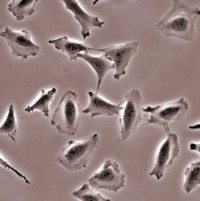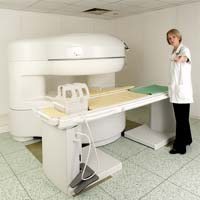In Search of a Better Mesothelioma Blood Test
A team from the Center of Molecular Medicine in Bochum, Germany tested the blood of 43 male mesothelioma patients along with 52 control subjects that had been exposed to asbestos but hadn’t developed mesothelioma. Blood was analyzed for the presence of mesothelin, a protein that is the most common blood-based mesothelioma biomarker, and miR-103a-3p, a microRNA gene. When the team attempted to identify the mesothelioma patients by mesothelin levels alone, they were able to correctly identify 74% of the sick patients. At the same time, the mesothelin-only blood test correctly ruled out mesothelioma in 85% of the healthy control subjects. The micro RNA gene proved to be a more accurate identifier of mesothelioma. Using the microRNA gene as their only…









